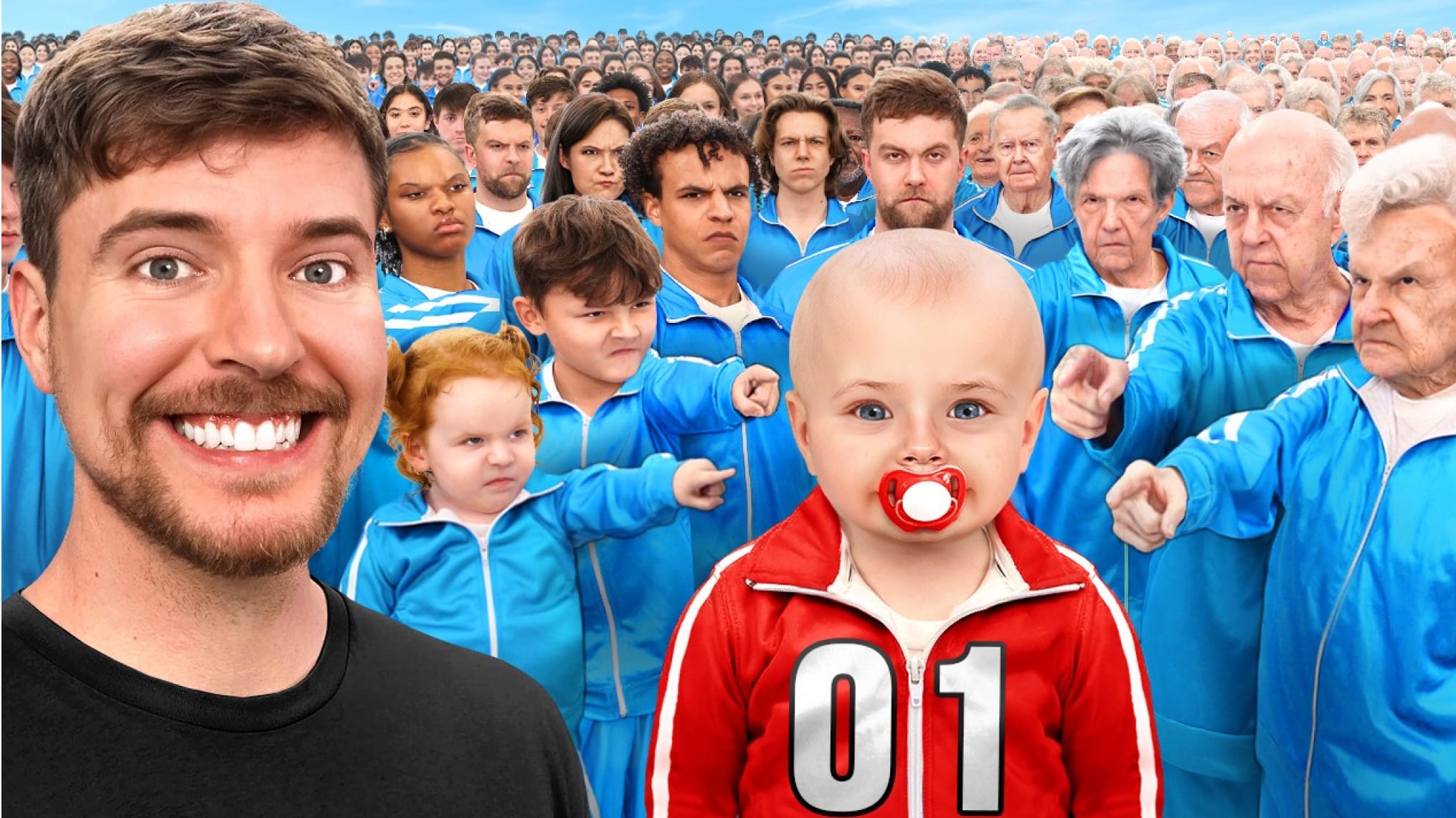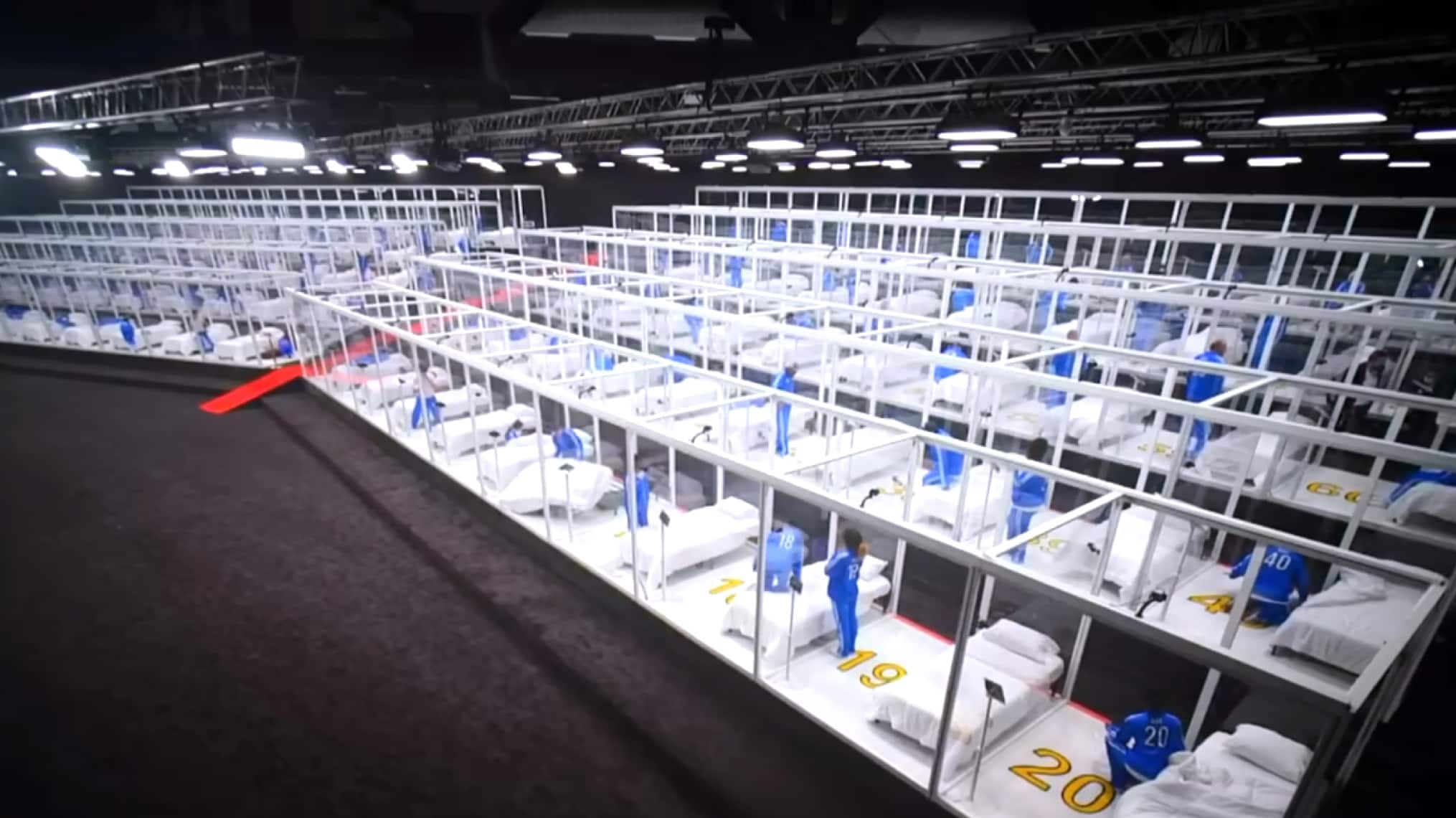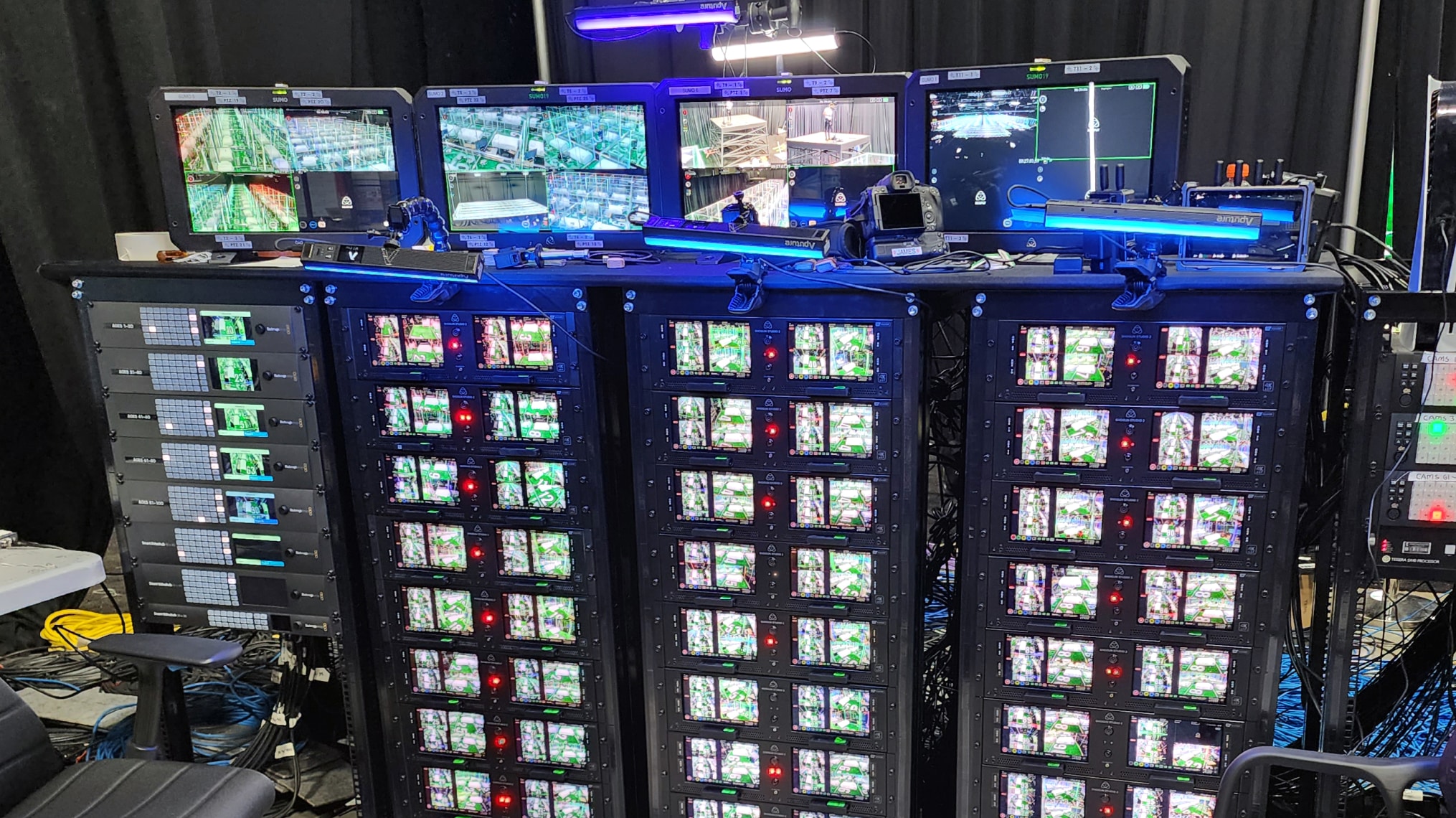What problems did you face, and how did you solve them?
The method of how we cover such massive videos can easily lead to complications. Basically, we use a LOT of cameras and generate a LOT of data. Because a lot of MrBeast content is made up of those IRL moments that are unplanned and unscripted, all our cameras must be actively recording for 24hrs a day until the content is over. In the case of a challenge like ‘1-100’, this inherently creates several challenges wherein the solution ultimately boils down to what cameras we use and how we record them.
Our very first ‘1-100’ challenge ran for almost 8 days. As you can imagine, that would create quite a lot of additional labor if we had to continuously go in and change the batteries and memory cards. While that could technically have been done, it simply wasn’t a feasible option based on the ongoing disturbance it would cause the players. Imagine a contestant who is exhausted the next day because we kept them up all night constantly changing batteries. Our camera team has a policy of non-interference or influence when it comes to contestants. No matter how we go about physically filming something, it cannot interfere with game play. We keep it as real and fair as possible. So, we made the decision to hard power everything and record it all remotely using the Atomos Shogun Studio 2s.
The power part was relatively simple, but recording presented a mountain of problems to solve. We ended up running nearly 56 miles of cable for that video — and that was only for the 200 cameras (we only did 2 per cube in that video) and some ethernet cables! Then came the actual recording hardware. We had previously discovered that recording tons and tons of cameras presented a very real media shortage issue. Often there would be hundreds, if not thousands of SD cards floating around. Back then I made the call to use the Atomos Sumo 19 whenever possible in its 4 ISO mode.
While this offered a nice way to quickly switch between and view 4 different cameras on a large monitor, the ability to record remotely (and all 4 cameras with one button), the biggest benefit was the overall physical media reduction on set. 4 different camera feeds, all recorded onto one single piece of media. Not to mention the affordability of the media, especially when you consider it at scale. The Sumos were a great solution for us at the time, and we still use them quite often.
Once camera numbers really started to grow as we planned for our second ‘1-100’ video, we knew we needed to become even more efficient. This is where the Shogun Studio 2 came into play. Having 2 monitors on board, being rack mountable, having front-load SSD slots, accepting timecode, and not taking up a ton of room, it was a clear-cut choice. We doubled down and brought in racks and racks of them — 46 units in total on the second ‘1-100’ video. In short, they gave us a super-efficient way to record and monitor vast quantities of cameras, as well as being modular, allowing us to easily expand or reduce our racks based on the video needs. Plus, as an added bonus, it looks really cool on camera when they’re shown in any control room or BTS shots. Naturally, there were many other technical challenges, but I’ll have to save those for another time.


